1.17.1 ⛵️ Making Oat Milk, Intro to Coding, Sailing Physics, RP FLIP
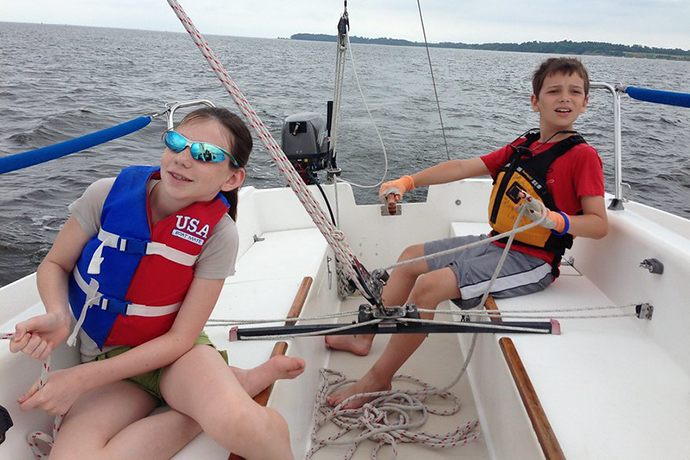
Hello and welcome to a new Wednesday email with more newsy STEM/STEAM articles that might interest you. I had fun researching how to make non-dairy milk, as well as explore the good the bad and the ugly about all kinds of milk. There's also links about the physics of sailing and a research ship that floated both vertically and horizontally. And a fun mostly simple Intro to Coding project from CodeGuppy that anyone can try. Plus the usual every other week Dad joke!
How to Make Oat Milk
You might think there's not much STEM or STEAM involved with food. Except food is about biology certainly. And the methods used to create food often involve technology.
Over the past few years, I've switched from dairy milk to non-dairy. Turns out this is an interesting topic to explore. Dairy milk, for example, usually involves artificial insemination and constant breeding of female cows to keep them lactating. Plus machines to milk the cows. Non-dairy milk, of course, have their own issues. While almond trees are drought tolerant, for example, they produce best when watered year round. That uses a lot of water which is a scarce resource. And a lot of the soy in soy milk is genetically modified, if that matters to you. (It matters to me, personally, but everybody is different.)
What I've found works for me is oat milk. But like soy and almond milk, I've wondered how easy or hard it is to produce. And what negatives might be involved. So far, the negatives have to do with organic oats versus non-organic. The latter could be produced with glyphosate, a herbicide for weeds. And commercial oat milk could have xanthan gum or oil to preserve texture. Recently, I came across a BBC article on how to create oat milk. Turns out there's lots of these articles online. Here are a few, as well articles about issues around dairy and non-dairy milk.
Also interesting, to me at least, is that researching these topics online turned up lots of claims that I could not source: does it really take about a gallon of water to grow one almond? Plus the usual propaganda from vested interests. I believe these links are mostly neutral, informative, and fact-based.
I made my own plant-based milk to see if it was cheaper
https://www.bbc.co.uk/future/article/20240228-i-made-plant-based-milk-to-see-if-it-was-cheaper
How to make Oat Milk (that’s NOT slimy! Finally!)
https://thebananadiaries.com/how-to-make-oat-milk-non-slimy/
The Fascinating History of Plant Milks
https://www.bbc.co.uk/bitesize/articles/zs722v4
Which milk alternative should we be drinking?
https://www.bbc.co.uk/future/article/20200207-which-milk-alternative-should-we-be-drinking
The Milk Making Process
https://www.dairy.com.au/products/milk/how-milk-is-made
Is it true that cows can only produce milk if they have been pregnant?
https://www.dairy.com.au/dairy-matters/you-ask-we-answer/is-it-true-that-cows-can-only-produce-milk-if-they-have-been-pregnant
Genetically modified soybean
https://en.wikipedia.org/wiki/Genetically_modified_soybean
Almond
https://en.wikipedia.org/wiki/Almond
How Sailing Works
It's still summer, in the Northern Hemisphere at least, and you might be on a lake or seashore and see sailboats. How sailboats work is both simple and complicated. Wind filling the sails pushes a boat forward. And wind passing along the edge of a trimmed sail can pull a boat forward.
I happen to love sailing. There’s something wonderfully primitive about no engine noise as the wind pushes or pulls a boat forward. You hear only the sounds of the wind, the sails taut or flapping, and the ropes and gear as they pull tight or go slack. It’s a lot of work but if you understand the physics of sailing, and have time, it can be a great way to be outdoors on the water.
The Physics of Sailing
https://ny.pbslearningmedia.org/resource/kqed09.sci.phys.maf.kqedsailing/the-physics-of-sailing/
An Introduction to the Physics of Sailing
https://youtu.be/YAeSFwzRETY
Know how: Sailing 101
https://www.sailmagazine.com/cruising/basic-sailing-101
How a Boat Sails Upwind
https://asa.com/news/2022/07/26/sailing-upwind/
RP FLIP
And speaking of boats, the RP FLIP looks like a ship that can float horizontally and vertically. It’s actually a research platform used by scientists from 1960 to 2017 and was scrapped in 2023. FLIP is an acronym for FLoating Instrument Platform. It was designed to solve stability problems researchers had when using submarines to study sound waves in the ocean. The platform had one end with offices attached to a long boom. When filled with sea water, the boom made the platform vertical. Pushing air back into the boom made the platform float horizontally on the surface of the ocean.
Probably the neatest detail about the FLIP was that every office had two doors, one to use when the platform was horizontal and another door to use when the platform was vertical. There also were two versions of bathrooms.
Inside the US Navy FLIP Ship That Turns 90° During Rough Seas
https://www.youtube.com/watch?v=uO4U_LB1_kY
RP FLIP
https://en.wikipedia.org/wiki/RP_FLIP
CodeGuppy: Intro to Coding
If you don't know, CodeGuppy is a free or mostly free website that teaches coding. They've got lots of really fun projects to try, from simple to complex. While the language is JavaScript, the lessons learned apply to all programming languages. Their projects are also organized for curriculum for schools or learning at home.
This CodeGuppy project provides an introduction to coding. You get to draw a circle using a simple circle function. Then play with the three parameters of that function: left, top, and radius. It's a simple but excellent way to demonstrate how coding actually works. I like that it lets you replicate what often gets people addicted to programming. You type code, see the result, tweak the code, see the result, and continue until you're done. The iterative process is addictive, yes, but also satisfying and fun. Definitely try their other projects on their home page.
https://codeguppy.com/code.html?t=_intro_to_coding&list=coding
https://codeguppy.com/
This Week
Our Sunday issue this week has fun often offbeat links, for example, there's an AI prompt engineering guide and links to articles about lunar standstill, buildings with energy storing concrete, what an ancient ocean slowdown means for our future, the possible link between depression and body temperature, a rare white baby bison, and more. Look for it this Sunday!
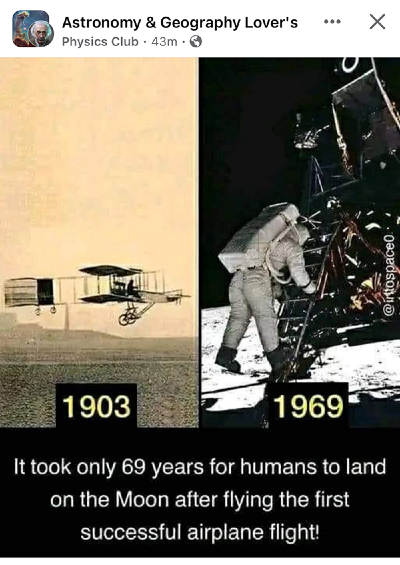
To ensure 30 STEM Links appears in your inbox regularly, please follow these steps for a seamless experience:
- If you use Gmail, move our e-mails to your primary inbox.
- If you use Apple Mail, add us to your V.I.P. list. And if you use Outlook, add us to your favorites.
- Add 30 STEM Links to your address book: hello@30stemlinks.com.
- If you use another e-mail client, please use a combination of the above steps.
You received this message because you are a past active subscriber to beanz magazine. Or you signed up to receive e-mails from 30 STEM Links.
You can change your e-mail preferences or unsubscribe at any time by clicking the unsubscribe link below. To modify or cancel your subscription, please visit your account page.
This newsletter is published by 30 STEM Links at 378 Eastwood Rd, Woodmere, NY 11598
For support, please contact us at hello@30stemlinks.com or reply to this e-mail.
Ok, this is actually the end! Thanks for reading! Bye!

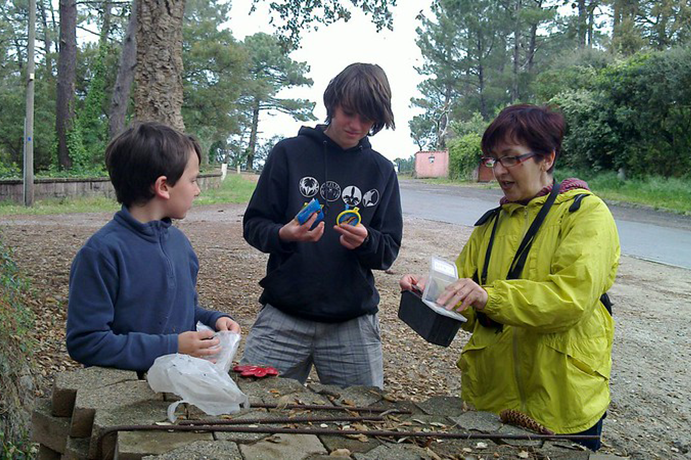
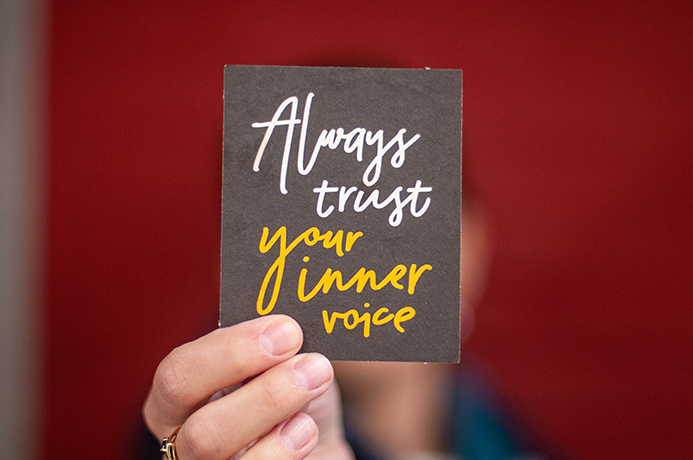
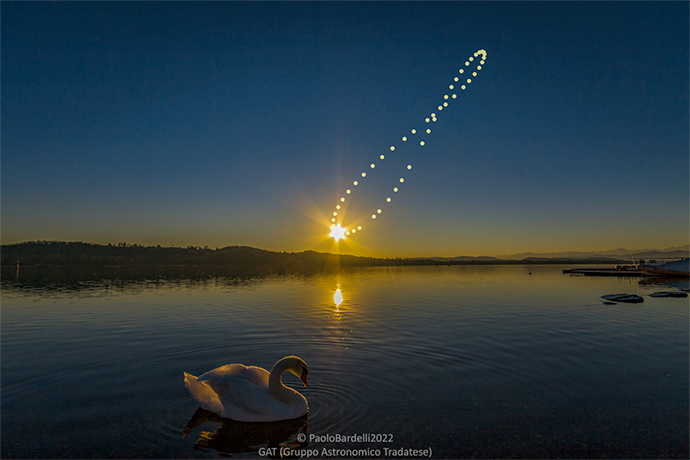
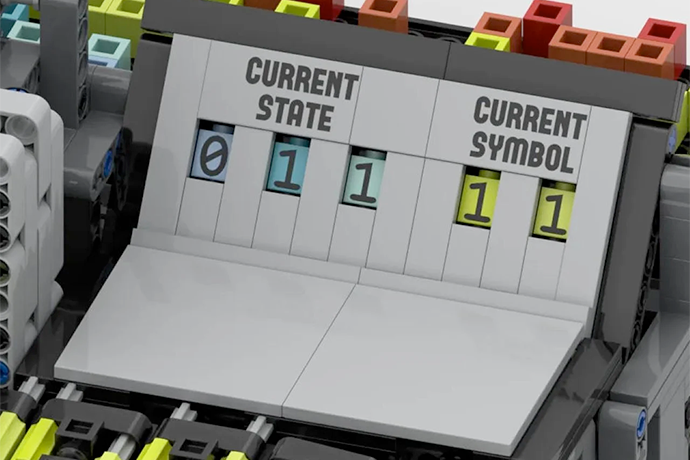
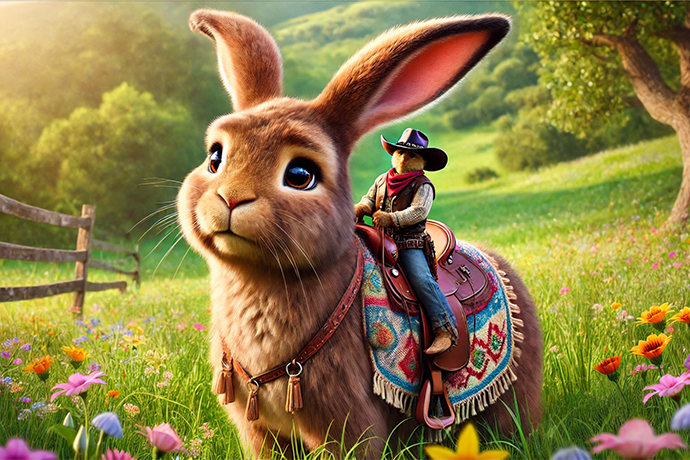
Member discussion